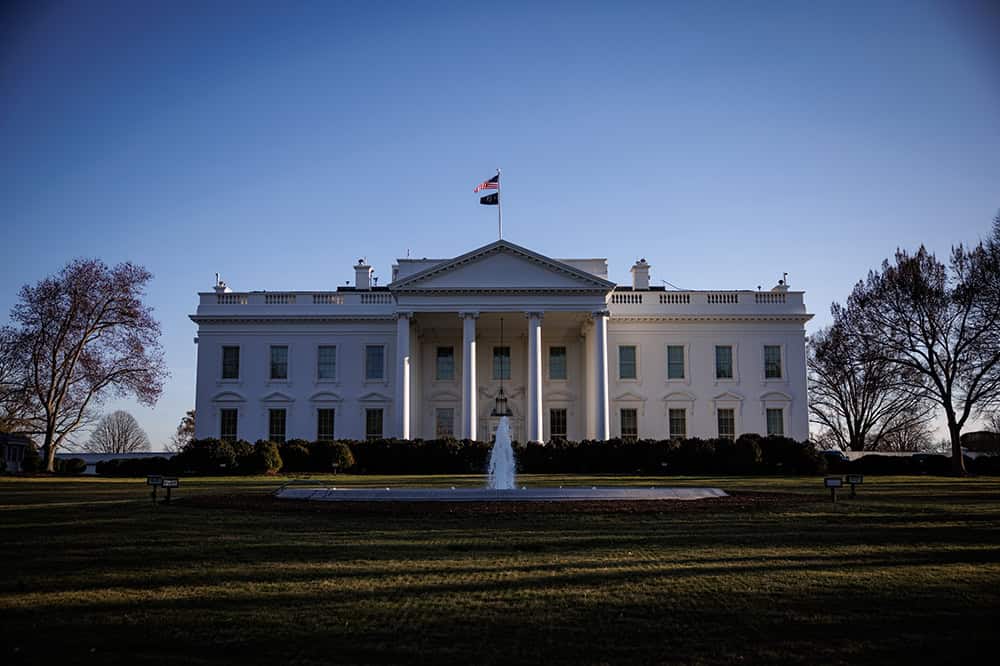The day-to-day operations of most federal agencies are funded on an annual basis by appropriations. When those appropriation bills are not enacted by the start of the fiscal year on October 1, Congress uses a continuing resolution, or “CR,” as a temporary measure to fund government activities for a limited time. Continuing resolutions are temporary “stopgaps,” often employed to avoid a partial government shutdown and to give lawmakers more time to enact appropriations for the full year. However, programs deemed essential services, such as those related to public safety, often continue to operate even without a CR.
What Is the Current Funding Situation for Fiscal Year 2025?
Fiscal year 2025 began on October 1, 2024 and none of the 12 appropriation bills for that year had been enacted at that time. Instead, a continuing resolution was enacted on September 26 to avoid a government shutdown and provide temporary funding for government operations (plus some supplemental funding for other purposes) through December 20. As that date approached, legislators still had not reached an agreement on appropriations for fiscal year 2025, so a second CR was enacted to extend government funding through March 14, 2025 (plus some supplemental funding for other purposes). Ahead of the midnight deadline on that date, lawmakers passed a third CR to continue funding through the remainder of fiscal year 2025 at the previous year’s level for most programs.
Why Are Continuing Resolutions an Important Part of the Budget Process?
While temporary funding measures often avoid shutdowns, they also reflect the failure of lawmakers to reach an agreement on some or all appropriation bills for a full fiscal year. Funding the government for a full year is preferable to using a CR because it allows government agencies to appropriately plan and match their resources with their responsibilities. Predictability benefits the economy by providing certainty about government activities.
The majority of federal spending is governed by permanent law and generally not constrained by the appropriation process. However, over the past 10 years, appropriations have accounted for about one-third of total spending, on average, and support programs that touch nearly every aspect of our daily lives as well as various facets of the economy — including national defense, operating national parks, law and immigration enforcement, healthcare research, and a host of other activities. All of those activities are funded through the 12 regular appropriation bills that are supposed to be enacted into law each year by the Congress and President. Under regular budget order, lawmakers would enact all of those full-year appropriation bills before October 1.
How Often Are Continuing Resolutions Used?
Missing the October 1 deadline to enact all 12 appropriation bills is not unusual; in fact, that deadline has not been fully met since fiscal year 1997. Instead, lawmakers have come to rely heavily on CRs — temporary, imperfect solutions that avoid the difficult but necessary work of allocating funding. Lawmakers often enact multiple CRs in a single fiscal year before deciding on full-year funding levels. For fiscal years 1998 through 2025, 138 CRs have been enacted.
Without annual funding provided through the appropriation process, a government shutdown could occur, which could have significant fiscal and economic effects. Such effects include the disruption of government services and programs, the creation of uncertainty about future fiscal policy, and the imposition of unnecessary costs on the economy.
Lawmakers’ dependence on CRs to fund the government on a short-term basis undermines the budget process and introduces uncertainty to government agencies. By enacting full-year funding bills on time, lawmakers can focus their attention on other important legislative duties, and government agencies can operate more efficiently.
Image credit: Getty Images/iStockphoto
Further Reading
How Do Quantitative Easing and Tightening Affect the Federal Budget?
The Federal Reserve plays an important role in stabilizing the country’s economy.
Can a Rescissions Package Help Lawmakers Formalize DOGE Cuts?
Rescission packages can serve as a tool for the President and Congress to manage and control government spending through a formal statutory process.
Continuing Resolutions Are Stopgap Measures — But Now We Average Five a Year
While continuing resolutions can help avoid government shutdowns, they should be rarely used. However, CRs have become the norm.


